A biweekly newsletter with public space news, resources, and opportunities.
A curated dispatch on all things public markets plus the latest announcements from the Market Cities Program.
Please note that these Hall of Shame nominations were written in a moment in time (most over a decade ago) and likely have since changed or even been transformed. If the above entry is now great, or still not so great, go ahead and comment below on how it has evolved or nominate it as a great place.
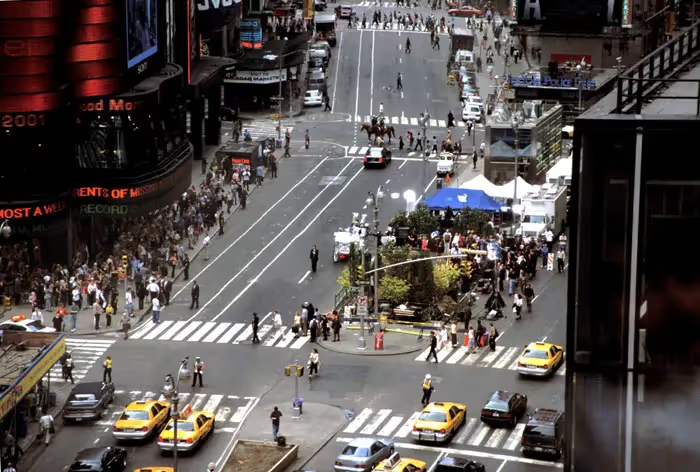
People are drawn to Times Square simply to bear witness to its extravagance, with its hyper-designed oversized billboards and countless shining lights.

It has been called the heart of New York, AmericaÍs town square, and the crossroads of the world. Times Square is all of these things. At no other place will one see a greater cross-section of human beings than right here along Broadway. The dozens of Broadway shows, hotels, abundant restaurants and shopping opportunities, even up-to-the-minute news all combine to make it a constant hub of activity. Yet the single greatest attraction is Times Square itself. With its hyper-designed oversized billboards and countless shining lights, most people come simply to bear witness to the sheer extravagance of it.
Thirteen different subway lines can be accessed from Times Square. Numerous city buses intersect this area. Factor in the walkability of Manhattan, and Times Square is probably the easiest place in New York City to get to and explore.
While not always known for its sparkling image, Times Square has seen a real turnaround in recent years. At the turn of the 21st century, it is substantially cleaner and safer than it has been in decades. It is not a place to relax, though. It is place of extreme excitement, designed to overwhelm the senses.
Time Square is virtually never vacant. With approximately 26 million tourists visiting annually, how could it be?
You probably will not find more diversity in the world than what youÍll find in Times Square.
Once a quiet district of carriage-building shops and livery stables known as Long Acre Square, Times Square got its current name in 1904 after The New York Times relocated its offices from lower Manhattan. The Square's traditional New YearÍs Eve celebration sprung from the newspaper's grand opening party that year. Ten years later, with the help of subway lines into the area, Times Square had become the undisputed center of theater, vaudeville, music publishing, motion pictures, and nightlife. In the 1920's, roughly 200 different plays were being presented in the district's 66 theaters each season.
Times Square remained the nationÍs capital of entertainment throughout World War II. Even when the lights were dimmed or even reduced to total darkness to diminish the risk of attack, the area still boomed. Servicemen and civilians alike flooded the area to dance to the swing music of Benny Goodman and to be crooned by Frank Sinatra.
The area started to decline shortly after the war, and by the mid-1970s it was known more for X-rated peep shows and strip clubs than glorious Broadway productions. It had become a twilight zone of sex shops, seedy bars, prostitution, and drug use that people generally avoided. But with the help of an economic resurgence in the early 1990s, many New York developers, and the city of New York, Times Square found new life. New city ordinances closed and scattered the sex shops and increased policing helped rid the area of crime. Historic theaters were renovated and new ones built. Hotels, offices and new movie theaters have shot up. And the crowds have returned.
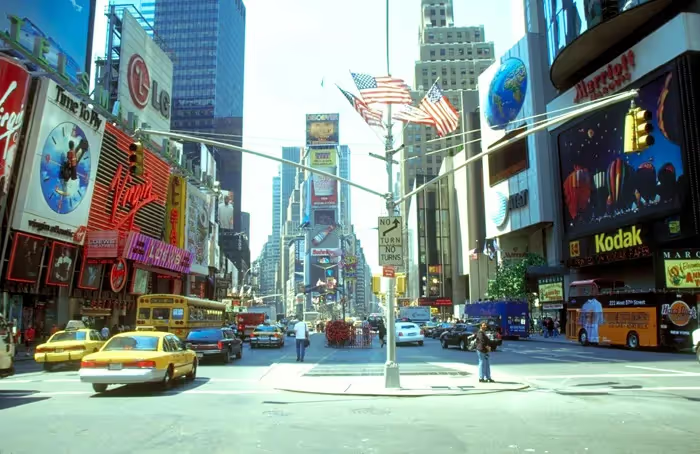
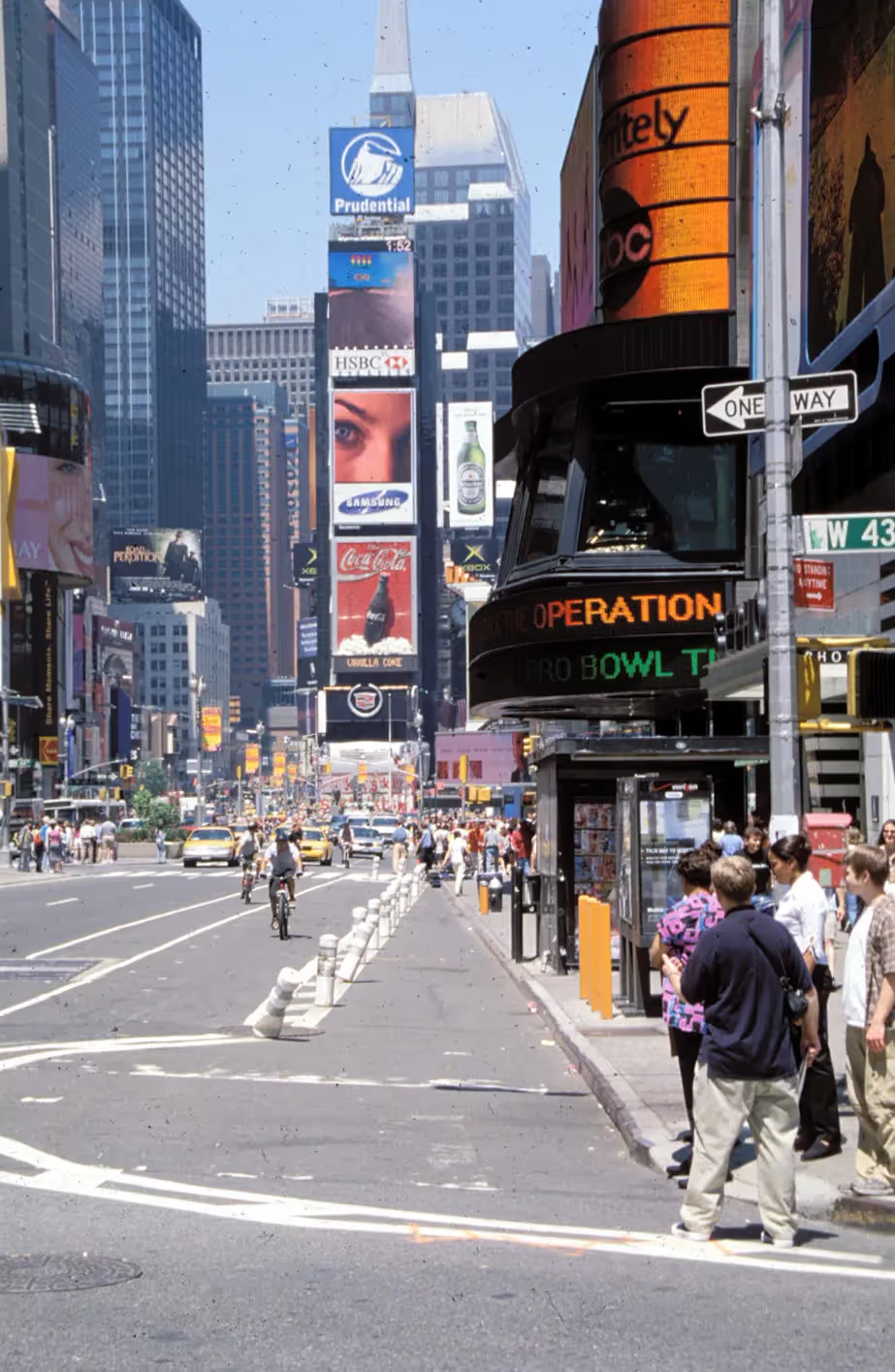
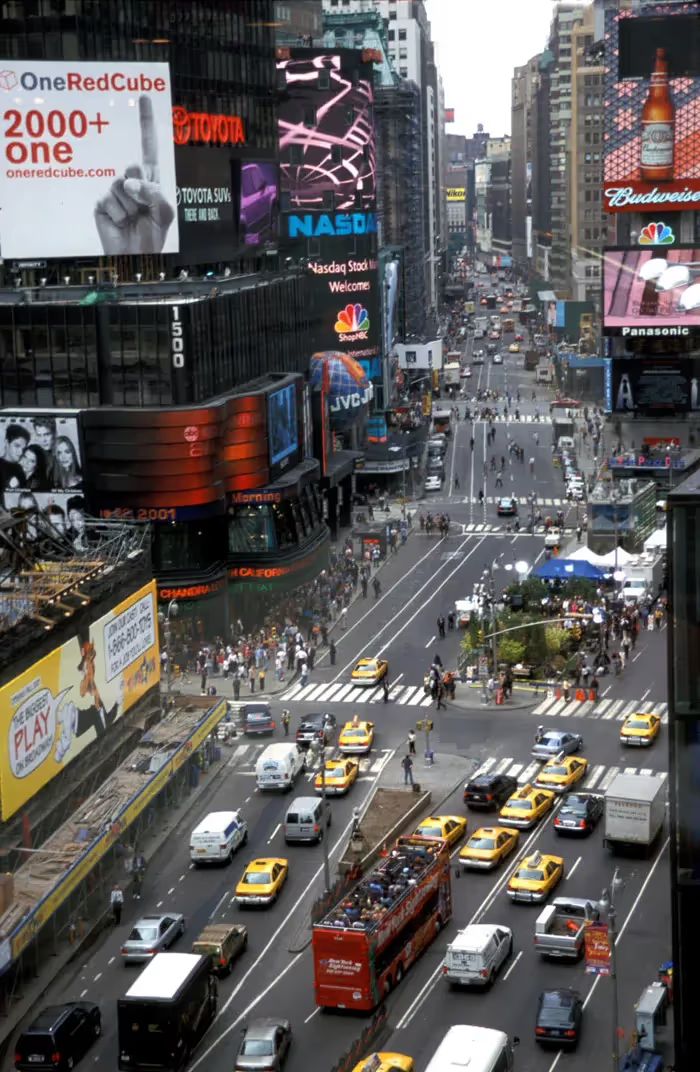

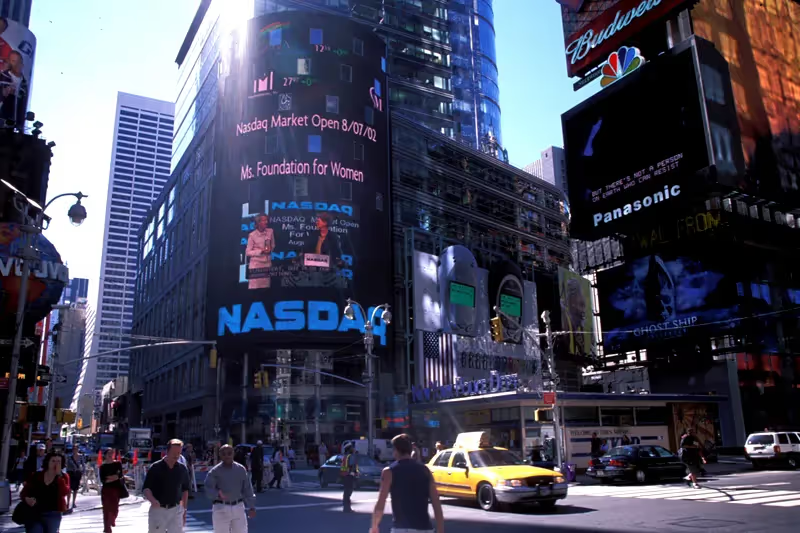


*Please note that these Hall of Shame nominations were written in a moment in time (most over a decade ago) and likely have since changed or even been transformed. If the above entry is now great, or still not so great, go ahead and comment below on how it has evolved or nominate it as a great place.